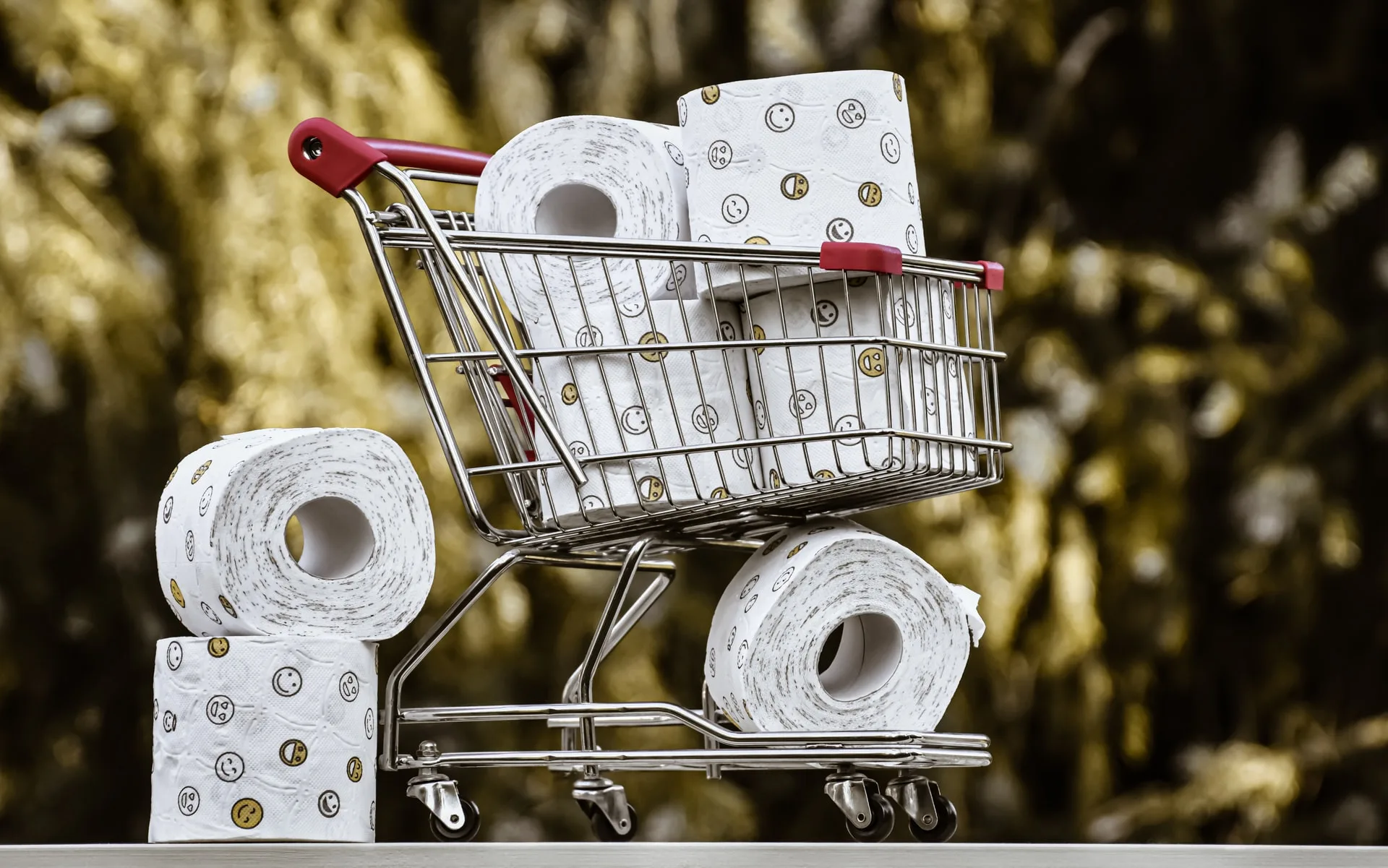Remember around this time last year when people were hoarding products like toilet paper, DayQuil, canned food, and Lysol? Photos of empty grocery store shelves went viral on social media, with the shortages impacting many Americans.
Now, months later, you might be wondering if there’s any correlation between the spikes in grocery purchases and actual cases of COVID-19. A recent study analyzed this data by using Mercato’s database and The New York Times’ daily coronavirus case tracker. What they found is quite compelling.
Shopping Trends and the Next Pandemic
Warning Signs Start In The Pharmacy
Right before COVID-19 became a full-blown pandemic, cold and flu medicine began flying off the shelves. These products went from nearly zero sales from December 2019 through February 22, 2020, to 1,600 units per day starting on February 23, just days before the CDC announced COVID-19 was approaching pandemic status.
By the beginning of March, sales for cold and flu products had gone on a downward spiral, decreasing to around 500 units sold, while COVID-19 cases reached 1 million. As U.S. COVID-19 cases increased to 8.5 million by October 18, cold and flu product sales remained well under 200 units.
Most states along the East Coast saw the COVID-19 peak in cases right after cold and flu medicine purchases spiked. However, other states didn’t experience COVID-19 spikes until months down the line.
California, the state with the second-highest number of COVID-19 cases at the time of the study (November 2020), saw three spikes. in the purchase of cold and flu supplies before reaching its peak of coronavirus infections. Other states like New York and Illinois have also followed this trend, experiencing the largest spike in COVID-19 cases right after the peak of the spike of cold and flu medication purchases.
On the other hand, some states like Pennsylvania, Massachusetts, and Oregon experienced initial spikes in cold and flu medication purchases. Followed by a large peak of COVID-19 infections but continued to experience small spikes in medication purchases throughout the spring and summer.
Photo by Volodymyr Hryshchenko on Unsplash
Which medicines were the most sought after?
After information came pouring in for treating COVID-19 from home, new studies warned against using ibuprofen or motrin.
Instead, opting for acetaminophen or Tylenol. In March, Tylenol quickly became the leader in coronavirus treatment medicine, with throat lozenges trailing behind.
Ibuprofen was last in terms of sales, beaten out by allergies and asthma medication, and Vicks DayQuil and NyQuil. Should cold and flu medication spikes be a warning sign? It’s easy to look back at the data and say that the a large increase in cold and flu medications. Which should have indicated that something large was looming over the globe.
Even though this spike took place around flu season, the numbers spiked so dramatically, so quickly, that it’s clear a huge medical anomaly – COVID-19 – was at play. Paying attention to these statistics in the future could help medical researchers pick up on possible epidemics and pandemics in advance.
In this case, though, the spike occurred a matter of days before COVID-19 became a serious issue across the globe. This shows that even with this data at hand, there might not have been much world officials could have done to prevent this virus from spreading.
Final Thoughts
It’s interesting to learn that the link between the large increase in cold and flu medication purchases can be linked to the spike of coronavirus infections across the U.S.
Photo by Arturo Rey on Unsplash
While there are fluctuations across states, it’s interesting to see that most states saw a tremendous increase in cold and flu supplies just before their coronavirus peak.
We’re not saying shopping habits alone are enough to predict a global pandemic, but they certainly should not be discounted if a health crisis rears its head in the future.
Who Is The Author?
Rajhu S. Goraai
Rajhu S Goraai is a co-founder, and Editor of leading Business & Digital Lifestyle Magazines.



